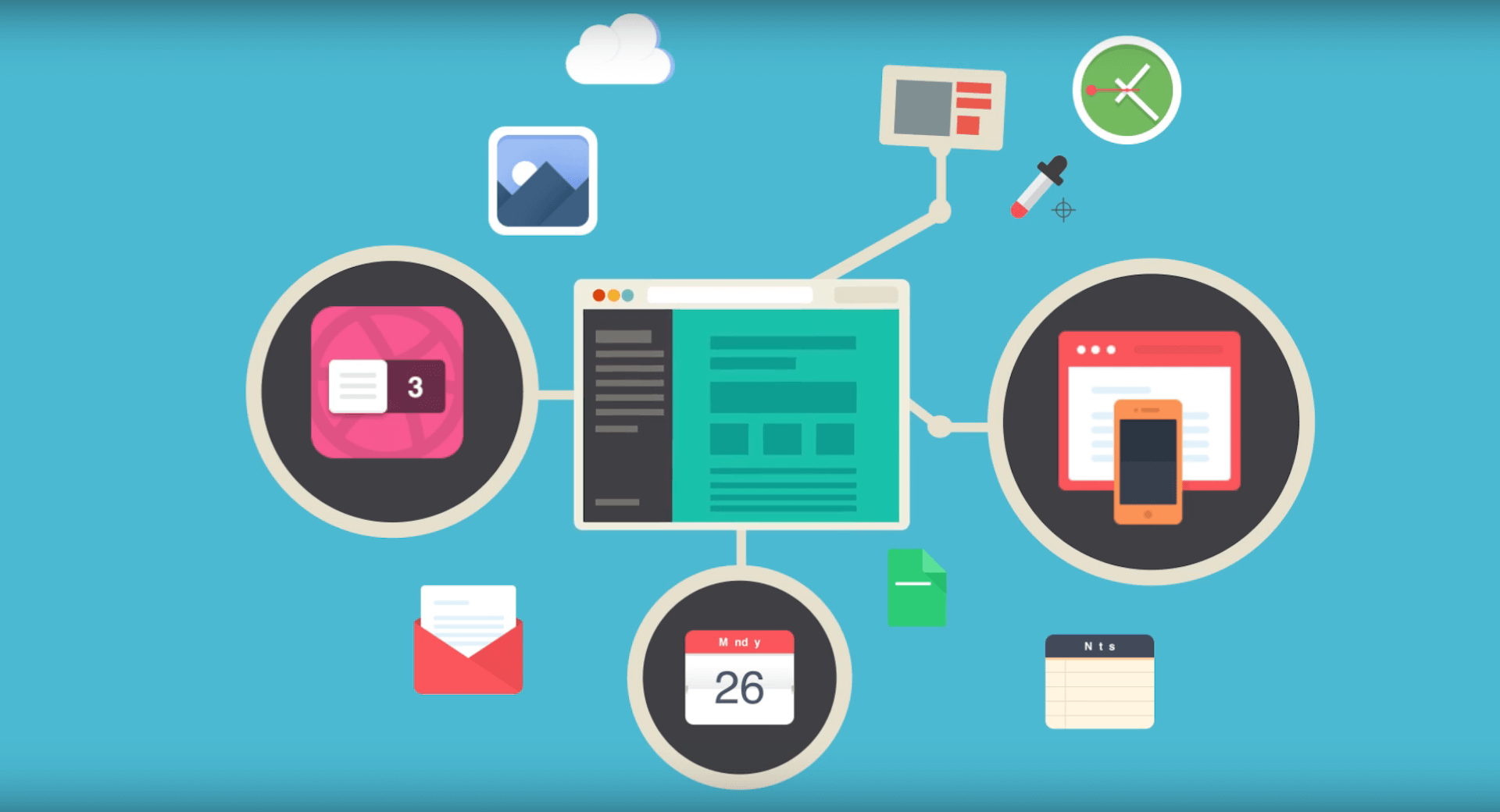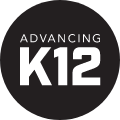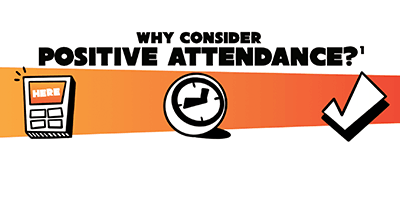
**Editor's note: This article first appeared in EdTech Focus on K-12.
"Is product x compatible with product y?"
It’s one of the most common inquiries in edtech evaluation and purchasing, and for good reason: At the end of the day, people just want to know their systems are going to work together, even if it’s not always clear what that means.
And yet, as the awareness and prioritization of interoperability continue to gain momentum, this most basic of compatibility questions just doesn’t feel good enough anymore. What we have here is a discussion in need of a little reframing. Let’s do just that, starting with why.
Interoperability is open to interpretation
“Compatibility” is a vague term. Imagine the following scenarios, all of which could potentially result in an affirmative answer from prospective vendors, despite wildly varying outcomes.If you ask whether a vendor’s product will work with another vendor’s product…
Vendor 1: Sure! I just did a quick search on Google and found several districts using both products. You’ll have to ask them how they’re doing it, but it’s obviously possible.Vendor 2: Yes; we worked closely with the other company and multiple pilot districts to build a seamless experience with a consistent user interface and no need for multiple logins.
If you ask whether data can be passed from one system to another…
Vendor 1: Sure! You can export your data to a spreadsheet. Then, you just have to make sure all your column headers match the fields in the other system. When that’s done, import the spreadsheet whenever you want updated data and voila, compatibility is yours.Vendor 2: Yes; simply select where you want the data to go and how often you want it to update. The process will then run automatically until you make a change.
If you ask about compatibility without clarifying purpose…
Vendor 1: Sure! Our API will only support the student ID number, but you didn’t specify the depth of compatibility, so we technically meet the requirements.Vendor 2: Yes; the two systems use a single sign-on and pass information back and forth in real-time, helping end users accomplish exactly what they wanted to do in less time.
The objective should always come before the solution, but “is product x compatible with product y” doesn’t account for intent. On the other hand, the idea of compiling a comprehensive list of every single integration for a given school is almost unfathomable. Thank goodness for data standards.
Asking the right questions
Frankly, you shouldn’t want your vendors to know every single system their customers are sending data to or pulling data from—that level of awareness would indicate involvement well beyond what should be necessary.Rather than asking whether a system will work with a specific other system, these questions will close some of the loopholes mentioned above and ensure you get the interoperability you need:
For which data standards has your software achieved certification? If more than one version exists, please list the most recent version for which you have been certified.
Depending on the product in question, examples might include SIF, Ed-Fi, LTI, QTI, Common Cartridge, OneRoster, and more. Adherence to these standards will all but ensure compatibility with other products meeting the same specifications.Do you have an API available for third-party integrations? If so, please provide documentation of supported fields and functions.
This will eliminate a healthy amount of guesswork from the integration conversation, as proper documentation will shed light on what is and is not possible. A well-documented API should eliminate the need for different vendors to work together on integration, speeding up the process and minimizing or eliminating the cost to school districts.Have you developed any custom integrations with other products in our space? If so, please list them here with a brief description of the integration’s purpose.
Not all interoperability efforts are created equal. There’s a big difference, for example, between data flowing from one system to the next and the kind of partnership that results in a seamless experience for the end user. By requesting this information during the evaluation process, edtech purchasers can get a firm handle on what “compatibility” really means for the various systems used throughout a school or district.Reaping the benefits
For school technology leaders, the path to optimization often starts with asking the right questions, hiring those with the skills to master interoperability tools, and staying on top of which integrations are needed and what solutions are available to make them happen.Fewer logins, automated data transfers, and an enjoyable experience across platforms are all made possible when integration is done right. If you start with the mindset that every minute saved is another minute you can invest directly into student learning, you’ll be amazed at the returns offered by the modern interoperability landscape.
Follow-up resource: The many faces (and acronyms) of interoperability
For more on the current state of interoperability, don't miss Playing Nice: The EdTech Interoperability Landscape.WHAT'S NEXT FOR YOUR EDTECH? The right combo of tools & support retains staff and serves students better. We'd love to help. Visit skyward.com/get-started to learn more.

|
Advancing K12 Staff Edtech Thought Leaders |




